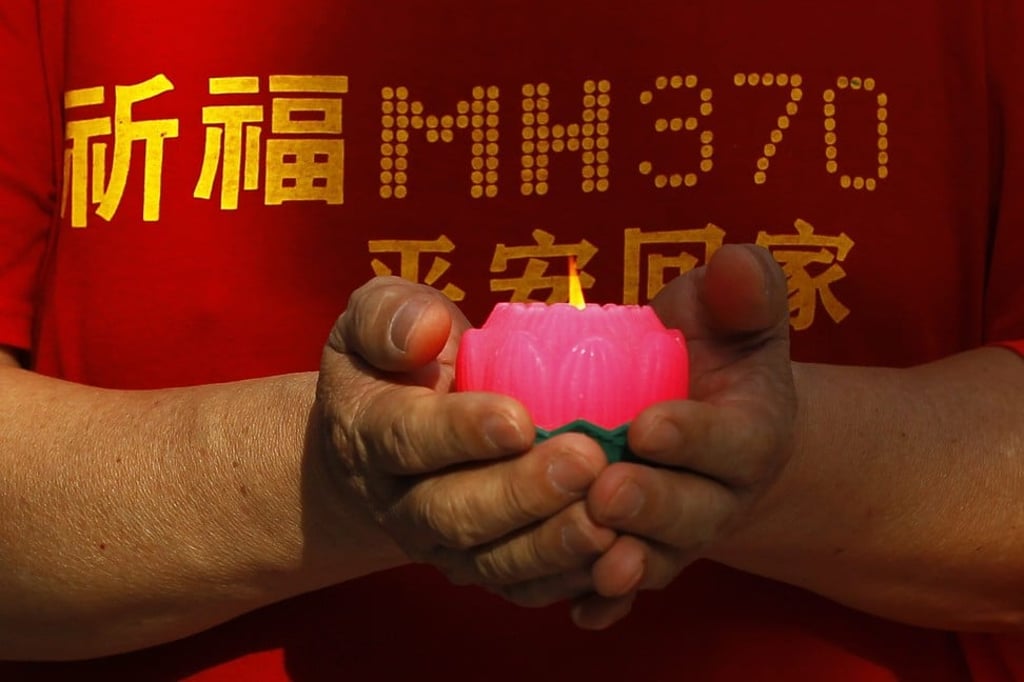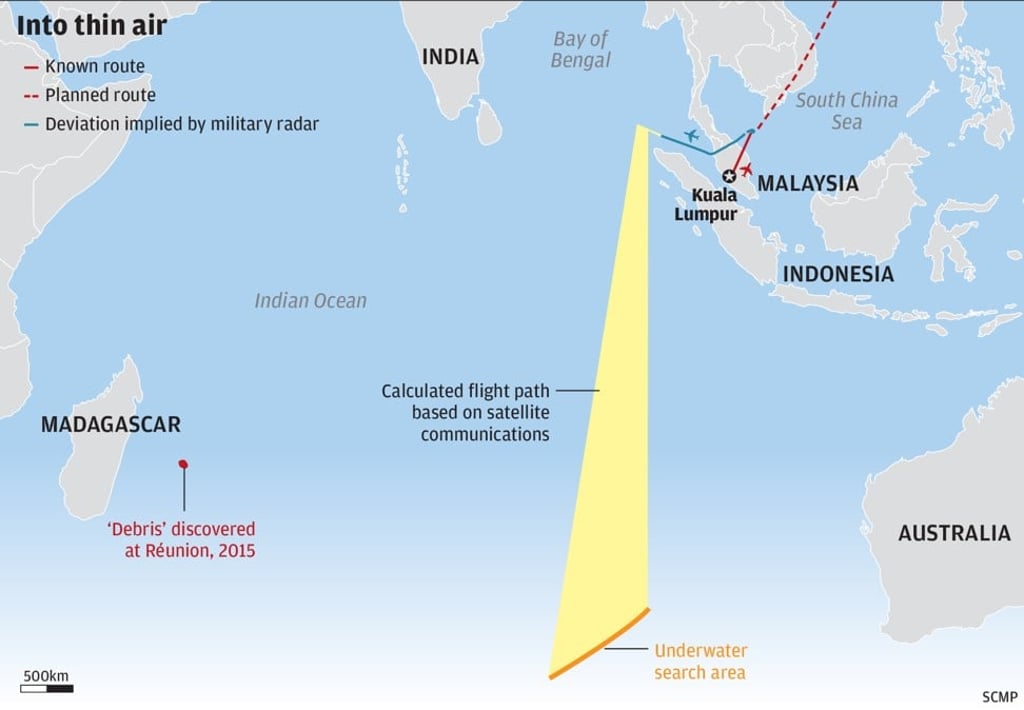Malaysia Airlines flight 370 search: why give hope when there was none?
After three years, Australia finds one certitude in its search for the airliner – it was not where authorities were so adamant it would be. One could be forgiven for seeing only an exercise in media management


But in the swirling confusion that followed the disappearance, hopes were high that those “pros” could make a breakthrough that would put an end to the (mostly flawed) theories that had begun to circulate in the international media – was it a hijack (where could it land without detection?), was it terrorism (why did no group claim responsibility?), was it pilot suicide (why no note and why such a complicated route?).
Indeed, what the “pros” did next was remarkably successful in helping the authorities regain control of the media narrative, in helping to reassure a worried public that, even if the plane’s exact location was not known, everything was nevertheless under control.
Seemingly against all odds and logic, those in charge declared the plane’s final resting place to be somewhere in the Southern Indian Ocean – thousands of kilometres in the opposite direction from where it was heading.
